Science_Hightech — operanewsapp.
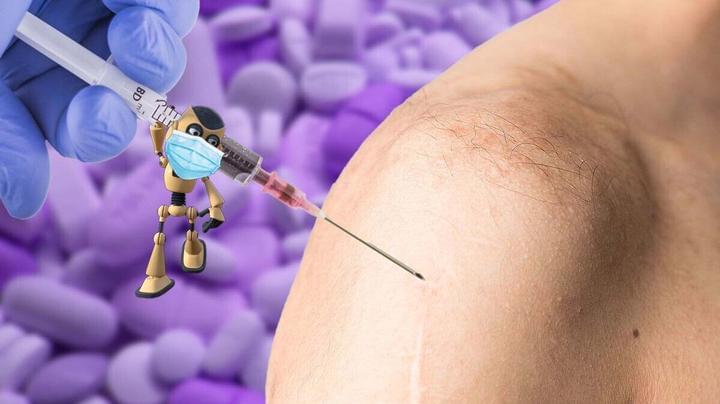


A follow-up to his series focused on the glow of LED-lit greenhouses, Tom Hegen’s new collection peers down on the landscape of Spain’s Almería peninsula. The German photographer is broadly interested in our impact on the earth and gears his practice toward the aerial, offering perspectives that illuminate the immense scale of human activity.
In The Greenhouse Series II, Hegen captures the abstract topographies of the world’s largest agricultural production center of its kind, which stretches across 360-square kilometers of rugged, mountainous terrain in the southern part of the country. The sun-trapping structures house plants like tomatoes, peppers, cucumbers, and watermelons that provide fresh produce to much of Europe year-round.
While 30 times more productive than typical farmland in the region, the facilities also function at a cost to the local ecosystems. “Groundwater is being polluted with fertilisers and pesticides. Some 30,000 tons of plastic waste are created each year,” Hegen tells Colossal, noting that the greenhouses are made almost entirely of plastic foil, which is shredded and discarded nearby once it’s no longer useful. “From there, wind and erosion transport it to the (Mediterranean Sea).”
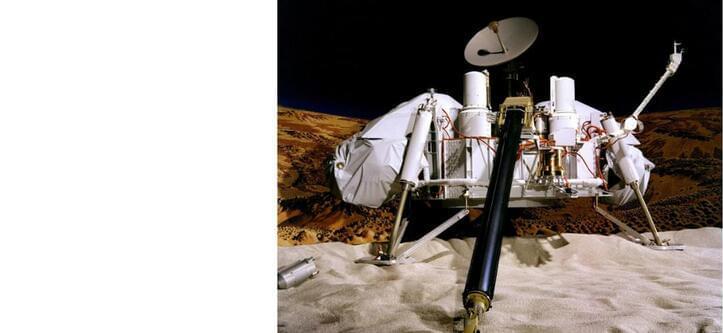
Multiple lines of evidence — physical, chemical, and biological — must converge for scientists to conclude that alien life has been found. This article was posted on Big Think. Check it out here: https://bigthink.com/hard-science/alien-life-smoking-gun-evidence
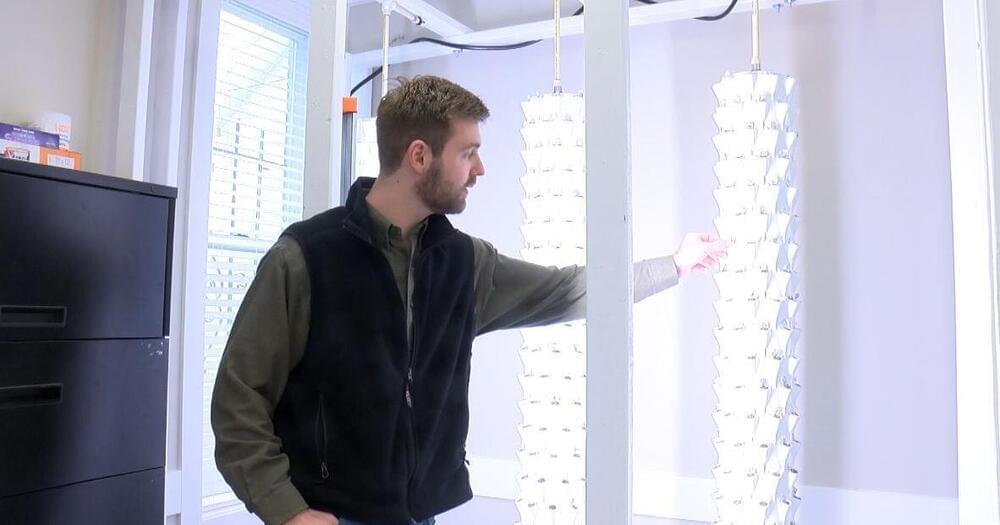
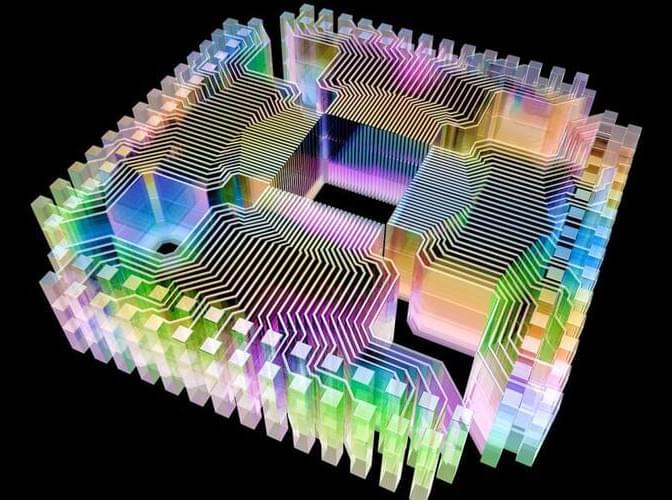
Quantum computing startups are all the rage, but it’s unclear if they’ll be able to produce anything of use in the near future.
As a buzzword, quantum computing probably ranks only below AI in terms of hype. Large tech companies such as Alphabet, Amazon, and Microsoft now have substantial research and development efforts in quantum computing. A host of startups have sprung up as well, some boasting staggering valuations. IonQ, for example, was valued at $2 billion when it went public in October through a special-purpose acquisition company. Much of this commercial activity has happened with baffling speed over the past three years.
I am as pro-quantum-computing as one can be: I’ve published more than 100 technical papers on the subject, and many of my PhD students and postdoctoral fellows are now well-known quantum computing practitioners all over the world. But I’m disturbed by some of the quantum computing hype I see these days, particularly when it comes to claims about how it will be commercialized.

Back in January during their CES 2022 keynote, NVIDIA teased the GeForce RTX 3,090 Ti, an even more powerful version of NVIDIA’s flagship card for the high-end gaming and content creation markets. At the time, NVIDIA told us to expect more information later in January, only for January (and February) to come and go without further mention of the card. But now, in the waning days of March, the GeForce RTX 3,090 Ti’s day has come, as NVIDIA is launching their new flagship video card today.
So what is the RTX 3,090 Ti? In short, it’s every last bit of performance that NVIDIA can muster out of their Ampere architecture – the swan song for an architecture that has carried NVIDIA through the last 18 months. Whereas the original RTX 3,090 left a bit of performance on the table for yield or performance reasons, such as a couple of SMs or keeping TDPs to just 350 Watts, RTX 3,090 Ti leaves all of that behind. It’s all the Ampere that Ampere can be, with a fully-enabled GA102 GPU, better GDDR6X memory, and few (if any) limits on performance.
But Ampere unconstrained is going to cost you. While the original RTX 3,090 launched at an already high $1499, RTX 3,090 Ti ratchets that up further to $1999. And ongoing market distortions (i.e. the chip crunch) will likely compound that further, judging from RTX 3,090 prices. But regardless, the RTX 3,090 Ti isn’t priced to be competitive; it’s priced to be elite. NVIDIA never did produce a true Titan card for this generation, so the RTX 3,090 Ti is set to be the next best thing.


Source’s hydropanels are installed in 52 countries in 450 separate projects. The company has raised $150 million from investors including Bill Gates’ Breakthrough Energy Ventures, BlackRock, Duke Energy and the Lightsmith Group.
This type of technology is desperately needed in places like India, where an estimated 800,000 villages don’t have clean drinking water. Friesen cited World Health Organization, showing that by 2025 “half the world’s population will be in water stressed areas.”
There’s a domestic need as well. In the U.S, there are 1.5 million miles of lead pipes still in the ground, and about 750 water main breaks a day, according to Friesen. The business opportunity, he said, is enormous.
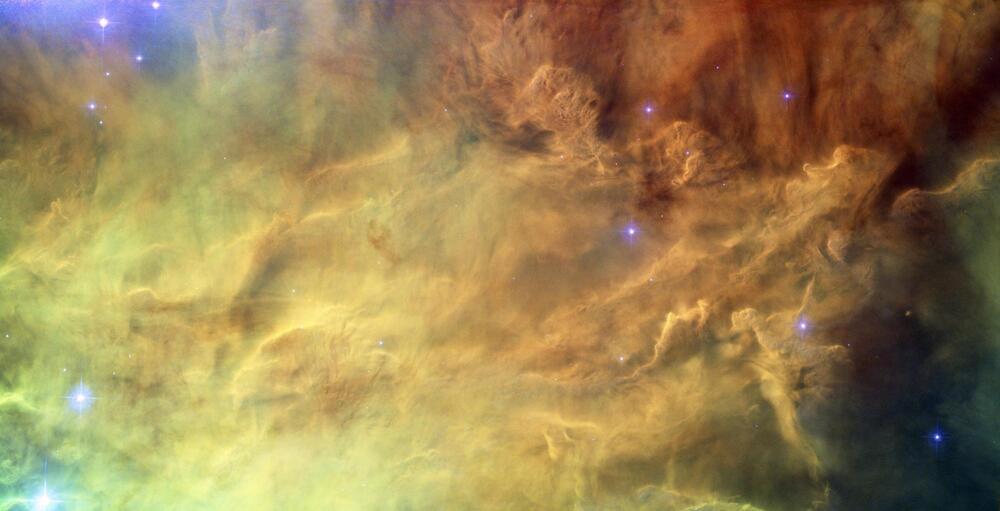
Vast stores of helium from the Big Bang lingering in the core suggest Earth formed inside a solar nebula.
Helium-3, a rare isotope of helium gas, is leaking out of Earth’s core, a new study reports. Because almost all helium-3 is from the Big Bang, the gas leak adds evidence that Earth formed inside a solar nebula, which has long been debated.
Helium-3 has been measured at Earth’s surface in relatively small quantities. But scientists did not know how much was leaking from the Earth’s core, as opposed to its middle layers, called the mantle.
